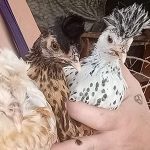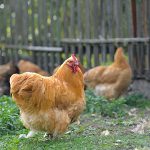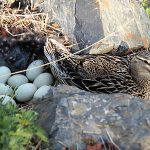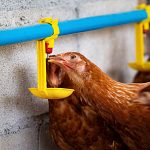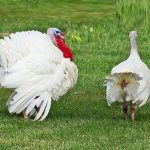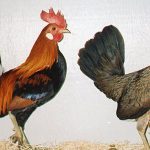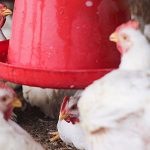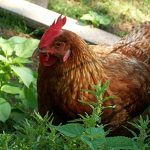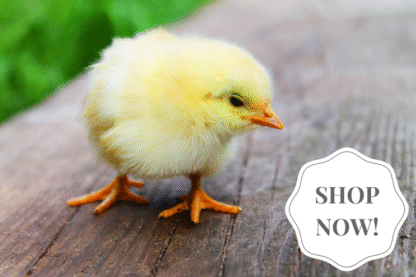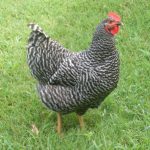
Some chicken breeds are more heat tolerant that others. They typically are lightweight breeds with large combs and wattles, sparse feathering, and clean legs. Other breeds are more cold hardy. They generally are the heavier breeds with tight combs, small wattles, and dense feathering. Some breeds, however, are able to handle both warm and cold […]
Continue Reading
